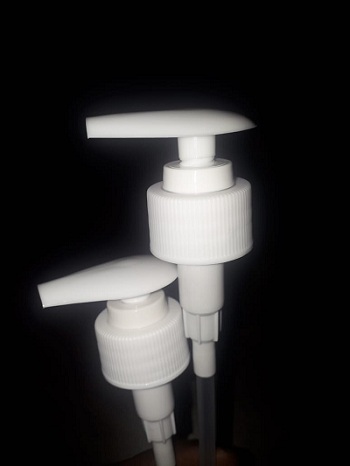|
Carbon black is used in large quantity
in rubbers and is a very important additive
for rubbers to improve their mechanical properties
by reinforcement. However, it provides the three
most important properties to plastic.
 |
 |
Light protection
|
 |
 |
Coloring |
 |
 |
Conductivity enhancement
|
But before we look at the above properties, let
us look at what carbon blacks are.
Carbon blacks are obtained by cracking oil or
gas organic feedstocks in a limited oxygen atmosphere.
They can be obtained via several process channels
starting from gas, leading to acidic and slow
curing carbon blacks.
 |
 |
Furnace starting
from oil - Most commonly used today for
rubber reinforcement. |
 |
 |
Thermal starting from gas
- The obtained carbon blacks are weakly
or non-reinforcing. |
 |
 |
Acetylene starting from acetylene
- These carbon blacks are used to make conductive
polymers. |
Carbon black produced from gas known as channel
black has the lowest purity while the thermal
carbon black can have purity as high as 99%.
Physically, the carbon blacks are organized in
three structural levels:
 |
 |
Primary particles
characterized by size ranging from 10 to
500 nm. |
 |
 |
Aggregates of particles characterized
by size ranging from 40 to 600 nm. |
 |
 |
Agglomerates of aggregates. |
The basic property is the particle size (10 to
500 nm) that can be measured by direct methods
or indirectly by surface area measurement such
as absorption of liquids or gases: CTAB, iodine,
nitrogen. Each method leads to a different value.
Contrary to the CTAB index, the nitrogen absorption
measures both porosity (inaccessible for rubber)
and external surface area. Current surface areas
range from 10 m2/g to 150 m2/g.
The smallest particle sizes lead to the highest
surface areas and the corresponding carbon blacks
are the most reinforcing but also the most difficult
to disperse.
The aggregate sizes (40 to 600 nm) and structures
(voids, number of particles) are characterized
by oil absorption, currently dibutylphthalate
or DBP absorption with values ranging from 30
to 150 cm3/100 g.
The high levels of carbon black used to reinforce
rubbers explain their black color and for majority
of grades, the absorption of UV and light protection.
Carbon blacks can be used at much lower concentrations
to provide a grey or black coloring, and still
protect the rubber or plastic.
Previous Article
Next Article
Tell Us What You Want

Dispenser Pump, Spray Pump
| | | |
